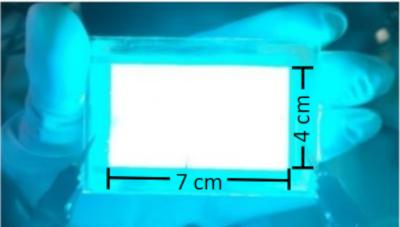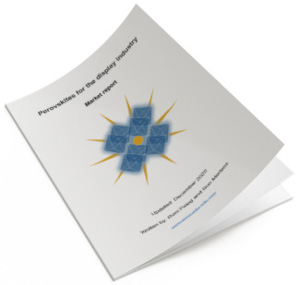Researchers report molecular engineering strategy for efficient and stable deep-red perovskite LEDs
Researchers from Purdue University, Florida State University, University of Kentucky, Lawrence Berkeley National Laboratory, University of Houston, Rice University, China's Qilu University of Technology (Shandong Academy of Sciences) and Taiwan's National Cheng Kung University have found that LEDs based on halide perovskites can produce more vivid, colorful and brighter images. The recent research presents extremely efficient perovskite LED devices in the red color region.
Perovskite materials often tend to be less stable and can degrade quickly. Further, device efficiency has not been fully optimized to compete with conventional LEDs. “Our work aims to resolve these critical issues,” said Purdue's Letian Dou, who conceived the idea, supervised the project and provided funding support.









